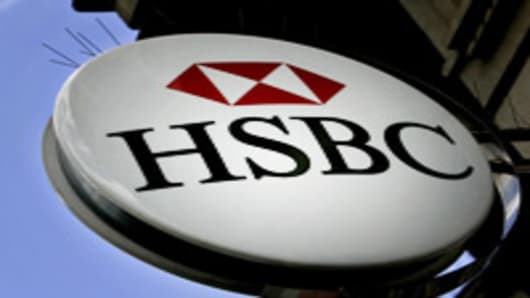HSBC’s new chief executive is preparing a radical shake-up of the normally staid bank, slashing costs and reallocating capital in an effort to boost profitability and also resuscitate its flagging U.S. operation.
Stuart Gulliver, HSBC’s former investment banking head who took charge of the whole group in January, has told associates he is determined to overhaul the culture of a group that has sometimes been run as a loosely connected federation of local fiefdoms.
Mr Gulliver will present his plans at an investor day in London on May 11, according to people briefed on the agenda. Breaking from the normal mould of such events, he will introduce shareholders and analysts not just to his top executive team but also to another 100 senior bankers in the group.
The bank surprised some shareholders in February when it cut its previous profit target from a 15-19 percent return on equity to 12-15 percent. According to one banker involved in drafting Mr Gulliver’s new strategic plan, the aim is to “underpromise and over-deliver”. HSBC declined to comment.
It remains unclear how deep Mr Gulliver’s cost cuts will be. One bank insider said a £1 billion ($1.64 billion) cuts programme had already begun in the UK, with a broader multibillion-pound scheme likely worldwide. The bank’s 55 percent cost-income ratio is high in comparison with its peers.
Investors will be particularly keen to hear what the new chief executive has to say about the group’s future strategic focus. According to three people involved in the process, Mr Gulliver plans to rebuild the U.S. business, wounded by a disastrous foray into consumer credit, by focusing on corporate lending.
They added Mr Gulliver might signal a divestment of HSBC’s U.S. credit card operation, largely inherited from its acquisition of Household. Household’s consumer loan operation was brought down by the financial crisis, saddling the bank with $6 billion in losses. The credit card business, however, was retained and is now profitable. Mr Gulliver is also likely to identify other markets around the world which are insufficiently profitable, possibly withdrawing from some of the 87 markets in which the bank operates.
According to a recent analysis in The Economist, 42 per cent of the HSBC’s businesses generate less than the bank’s own 11 percent cost of capital, with some Latin American operations a big drag.
One person close to Mr Gulliver said he may follow the example set by Barclays’ new chief executive, Bob Diamond, who said in February that one-third of the bank was running below par and would have to be closed, sold or fixed. However, executives admit it will be difficult to expand quickly via acquisitions in growth markets.


